06 Feb 2020
Packaging: what works with seniors?
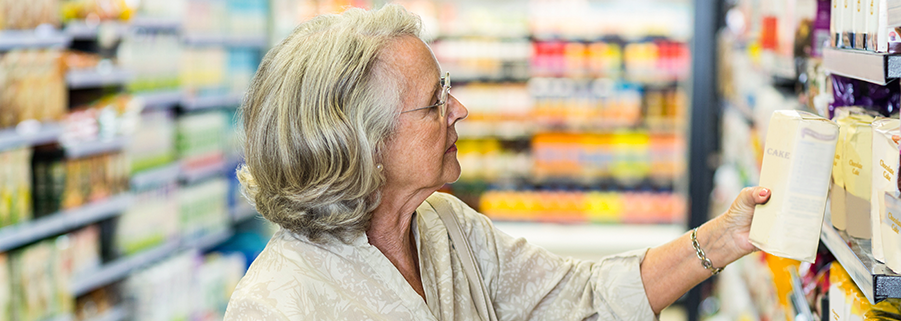
Even though seniors are the purchasers of half of the value of consumer goods sold in France, packaging – in particular that of food products - is rarely adapted to this target market.
How do you take the needs of French seniors into account in your packaging design?
In 2018, in a study carried out by YouGov for the ALL4PACK showroom, European designers and consumers gave us a detailed account of how seniors are facing with difficulties with packaging, and suggested a few solutions… of much interest to the agri-food and packaging industries.
From the baby boom to the grandpa boom
In 2050 in France, one person out of three will be over 60 years old according to INSEE (the French statistics institute). Already, in 2016, almost 20% of the people living in the European Union were over 65 years old. Active and independent seniors represent a huge market especially regarding their purchasing power. In 2017 in France, they represented 53% of sales of day-to-day and fresh self-service products, according to a Nielsen study.
Food is also the second biggest area of consumer spending for over 50s: 15% of their budget is devoted to food, compared to only 12% for people under 50s.
However, only a few products and their packaging are adapted to this population. Many reasons can explain why this market is undervalued, whether it is about product design or marketing (sometimes it is only due to a lack of knowledge of the consumer):
- Seniors are deemed to be faithful to brands and are very unlikely to change their mind, although with the right arguments, they can be swayed to try a new brand or product. In the same vein, they are demanding consumers who are very likely to turn to a different brand if they are no longer satisfied by the product they are used to consuming.
- Manufacturers are reluctant to send a message that is perceived as being too “health-driven”, at the risk of dividing their consumers. A well-founded fear, as seniors have no desire to be considered as “old people”.
For these reasons, millennials have been the target of choice for manufacturers at the expense of a booming senior market segment.
You are probably wondering, what does it take to convince the senior market?
More suitable packaging
Producing suitable packaging for seniors is a good way to get into this market. Here are a few tips, to make your packaging easier to use for these consumers, but without stigmatising them.
Readability
To offset the loss of eyesight, you could improve the readability of your packaging through a few changes:
- Increasing the size of fonts and using bold types to highlight important information (expiration date, ingredients, warnings…)
- Using diagrams and visuals to send a clearer message regarding instructions, recommendations, dosages…
- No foreign languages (apart from French) on the packaging
Product opening and closing
As we get older, our grip strength tends to decrease, (physical strength, joint pain etc.). Therefore, we need packaging with more suitable opening and closing systems.
For example:
- Bigger lids on bottles and jars for a better grip
- A limited thickness on bottles and tubes so not too much strength is needed to squeeze them
- New design for bottle caps to make them easier to open, like Wattwiller did with a cap in a daisy shape (Source LSA).
Product size
As we get older, our physical strength decreases and so does our appetite. There are 2 different ways to fulfil this expectation:
- Reducing the size of the portions, or producing individual portions, for small appetites or people living alone. For example, Charal (a French meat manufacturer), sells a 80g beef patty called “small appetite” targeted to seniors.
- Changing the packaging shape and the volume so it will be lighter and easier to hold. Volvic, a French water manufacturer, launched 1 litre bottles, which were lighter and with a more comfortable design.
Earlier, we mentioned senior consumers’ fear of being stigmatised as “old people”, and manufacturers fears of dividing their consumers with targeted marketing. Beyond the ergonomic aspect, reworking your packaging turns out to be a good way of adapting to seniors’ needs without stigmatising them.
Find out more
Vitagora works closely with its member companies to help them identify and act on market opportunities around the world – market intelligence, innovation support and R&D programs. If you want to know more about adapted or developing products for French and European markets, contact me – berengeremoindrot@vitagora.com.




 Home
Home

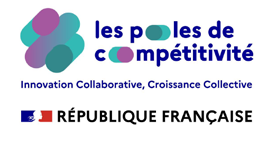

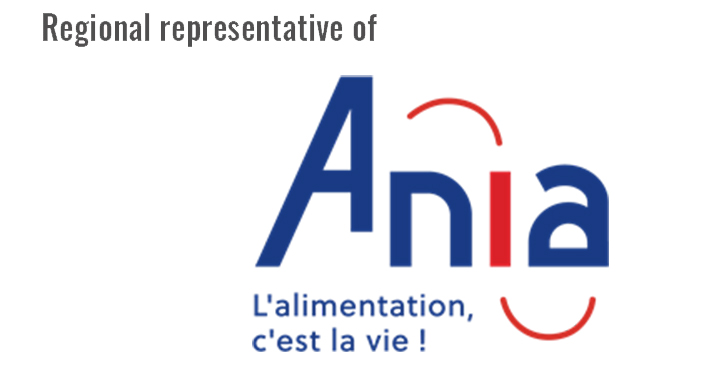

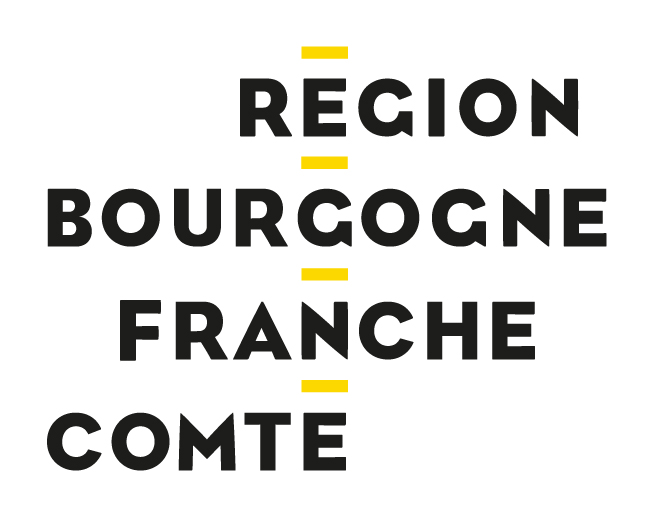
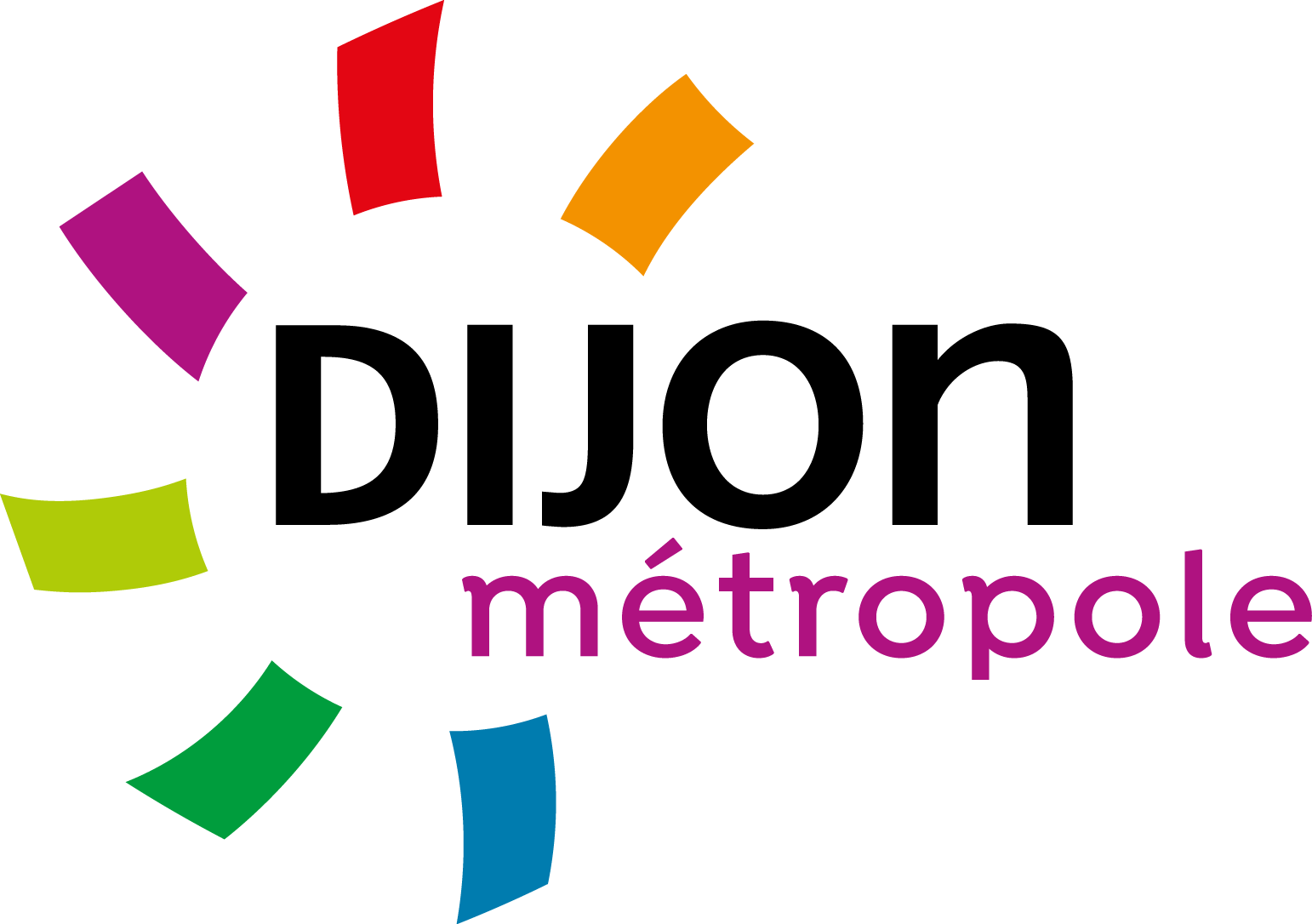









Share your opinion